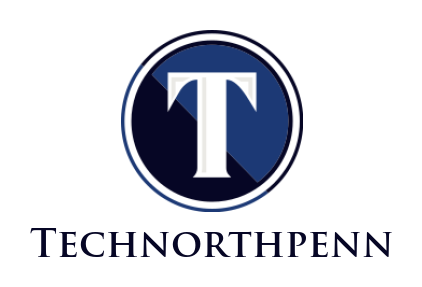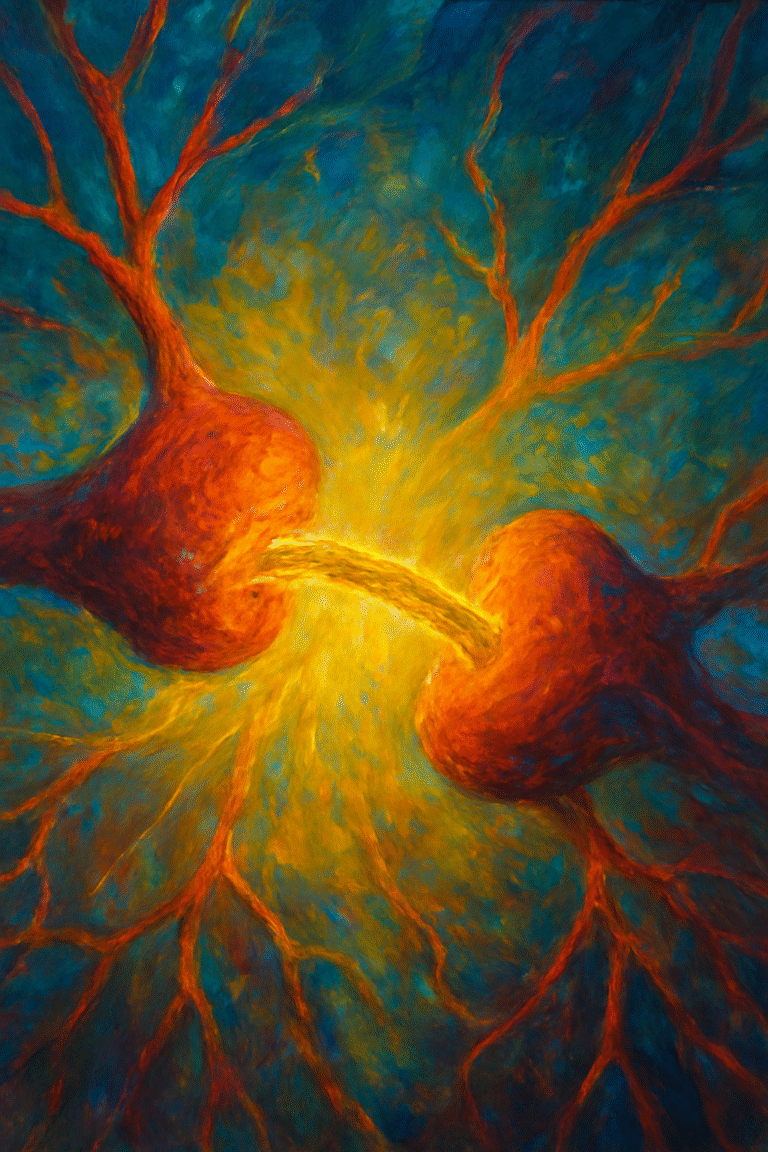Introduction
Ever heard of repair synaptic cleft painting? At first glance, it sounds like something cooked up in a neuroscience lab or perhaps whispered in the hallowed halls of an art museum. In truth, it’s a concept that straddles both worlds. On one side, you have the synaptic cleft—the tiny gap between neurons that makes communication in our brains possible. On the other, you’ve got painting—humanity’s timeless way of expressing emotions, ideas, and imagination.
Now, put those two together, and you don’t just get a mashup of biology and canvas—you get a metaphorical masterpiece. Repair synaptic cleft painting is about envisioning what it would mean to fix the bridges of communication within the brain and translating that vision into the bold, symbolic language of art.
Intrigued yet? Let’s peel back the layers, stroke by stroke.
Understanding the Synaptic Cleft
What Is the Synaptic Cleft?
The synaptic cleft is a microscopic gap—barely 20 to 40 nanometers wide—where nerve signals leap from one neuron to the next. Imagine it like a tiny chasm across which chemical messengers (neurotransmitters) jump, carrying information like urgent little couriers.
Without this exchange, the brain’s symphony of thoughts, emotions, and actions would fall silent.
- Neurotransmitters = The messengers.
- Receptors = The gatekeepers.
- Cleft = The bridge itself.
Why Does It Matter?
When the cleft is disrupted—whether by injury, disease, or stress—signals misfire. The result? Memory loss, mood swings, neurological conditions, or even cognitive decline. That’s why scientists dream of ways to “repair” synaptic clefts.
But while biologists use microscopes and molecular tools, artists wield paintbrushes and metaphors.
Repair Synaptic Cleft Painting: The Art of Healing
Painting as Metaphor
Imagine painting a canvas where torn synapses reconnect like rivers flowing back together. A brushstroke could represent a neurotransmitter bridging the divide, while bursts of color symbolize restored communication.
In this way, repair synaptic cleft painting isn’t just art—it’s a narrative of healing. It suggests that the act of painting itself can serve as a symbolic repair of broken connections.
The Emotional Dimension
Art thrives on metaphor, and the synaptic cleft is ripe for it:
- A broken relationship? Like a disrupted cleft, it needs repairing.
- A lapse in communication? A gap that must be bridged.
- A healing journey? Neurons reconnecting, painting a new story.
Artists take scientific imagery and turn it into powerful allegories of human resilience.
Techniques for Repair Synaptic Cleft Painting
So, how do artists actually pull off this unusual concept? They often borrow imagery from neuroscience and give it a painterly twist.
1. Abstract Neural Networks
- Lines and curves resembling branching dendrites.
- Bold colors to signify firing neurons.
- Blurred edges for broken connections, sharp strokes for repaired ones.
2. Symbolic Repair Work
- Golden threads drawn across cracks (inspired by Japanese kintsugi).
- Bridges painted over gaps in neural networks.
- Light bursts symbolizing neurotransmitters leaping with renewed vigor.
3. Interactive Mixed Media
Some modern artists even combine paint with metallic threads, LEDs, or digital overlays—mimicking electrical sparks traveling across synapses.
The Intersection of Science and Art
Why is this fusion so captivating? Because both disciplines aim for the same thing: understanding and expression.
- Science asks: How does the brain work?
- Art asks: What does the brain feel like when it works—or doesn’t?
By blending the two, repair synaptic cleft painting offers a poetic lens into human cognition.
Philosophical Musings: Can We Really Repair the Brain with a Brush?
Of course, no painting will literally stitch neurons back together. But metaphorically? Absolutely.
Painting can:
- Provide emotional catharsis.
- Offer new perspectives on healing.
- Spark dialogues between scientists and artists.
And isn’t that repair in its own right? Repair of understanding, connection, and empathy.
Examples of Repair Synaptic Cleft Paintings
While you won’t find a mainstream art movement under this name just yet, several artworks have danced around the idea:
- Neural Landscapes – Canvases full of branching neurons, sometimes fractured, sometimes glowing with restored vitality.
- Synaptic Bridges – Artistic renditions where broken lines are joined by golden arcs, representing reconnection.
- Cognitive Cartographies – Abstract maps of the brain where pathways once blocked now burst open with light.
FAQs About Repair Synaptic Cleft Painting
Q1: Is “repair synaptic cleft painting” a recognized art genre?
Not officially—it’s more of a conceptual blend. But many artists dabble in neural-inspired art that aligns with this idea.
Q2: Can this kind of painting actually help brain healing?
Not biologically, but it can help emotionally and mentally by offering catharsis, awareness, and even therapeutic benefits.
Q3: Why combine neuroscience with painting?
Because both explore connection—neurons connect through synapses, while art connects humans through emotions and ideas.
Q4: Can anyone try their hand at it?
Absolutely! You don’t need a neuroscience degree—just curiosity, creativity, and maybe a splash of paint.
Conclusion
At the end of the day, repair synaptic cleft painting is less about strict science and more about imagination. It’s about bridging gaps—between neurons, between people, and between disciplines.
Whether you’re a neuroscientist seeking inspiration, an artist craving deeper metaphors, or simply someone fascinated by the brain’s mysteries, this concept offers a new lens to view both art and healing.
So next time you pick up a brush, ask yourself: what connections am I repairing?
Because sometimes, the most important repairs aren’t happening under a microscope—they’re happening in the human heart, translated through paint, color, and imagination.

